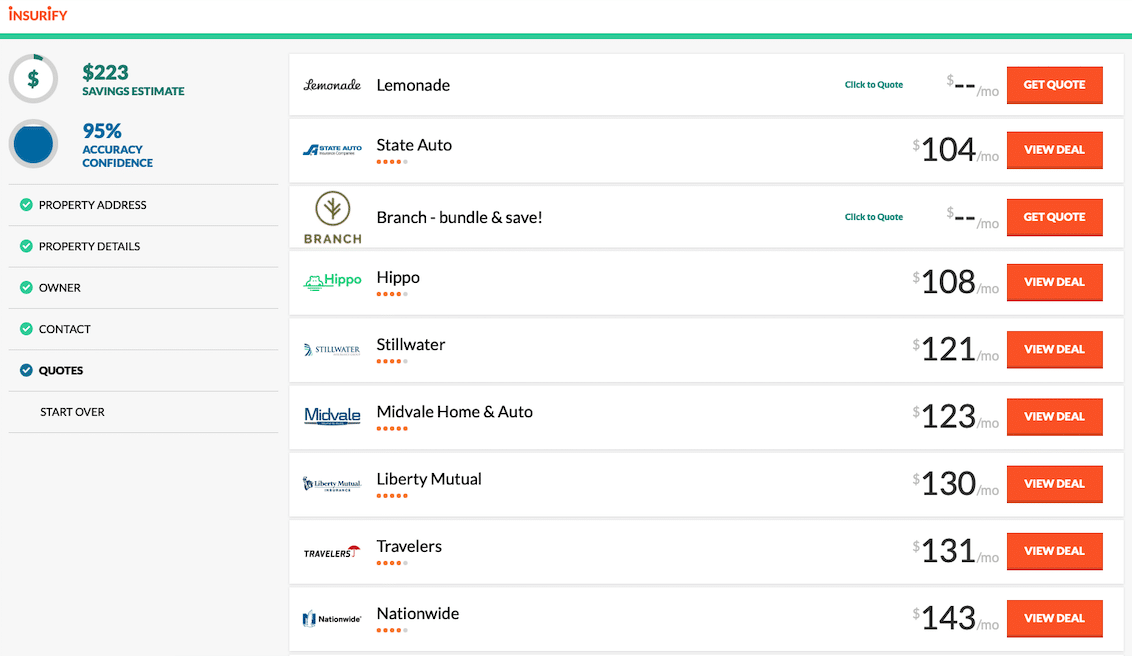DP3 Form Home Insurance: Complete Policy Guide
)
)
Stephanie Shaykin is a seasoned writer and marketing professional with experience in real estate. With a true passion for brand storytelling, she breaks down the most complex copy into a pleasant experience for the reader. In her spare time, she enjoys creating art and cooking in her home base of Chicago, Illinois.
)
)
Licensed property and casualty insurance agent
8+ years editing experience
John leads Insurify’s copy desk, helping ensure the accuracy and readability of Insurify’s content. He’s a licensed agent specializing in home and car insurance topics.
Featured in
Updated June 25, 2021
At Insurify, our goal is to help customers compare insurance products and find the best policy for them. We strive to provide open, honest, and unbiased information about the insurance products and services we review. Our hard-working team of data analysts, insurance experts, insurance agents, editors and writers, has put in thousands of hours of research to create the content found on our site.
We do receive compensation when a sale or referral occurs from many of the insurance providers and marketing partners on our site. That may impact which products we display and where they appear on our site. But it does not influence our meticulously researched editorial content, what we write about, or any reviews or recommendations we may make. We do not guarantee favorable reviews or any coverage at all in exchange for compensation.

)